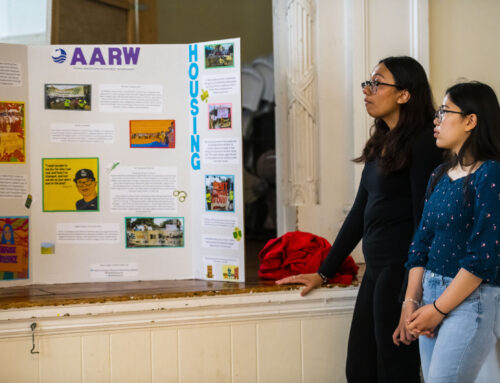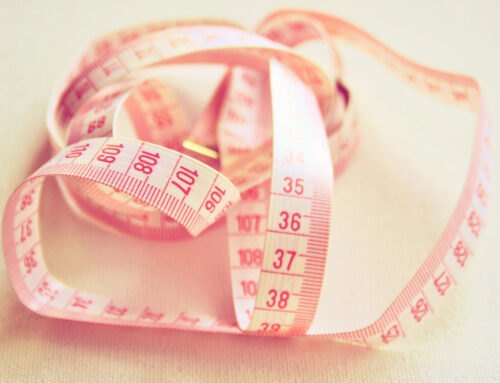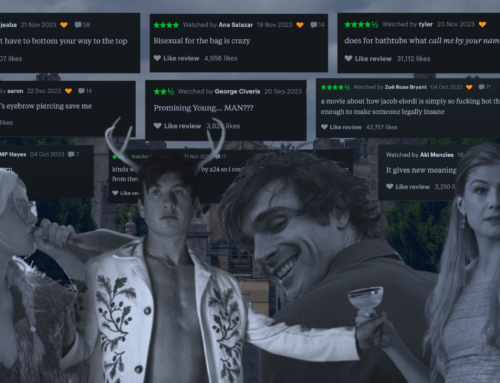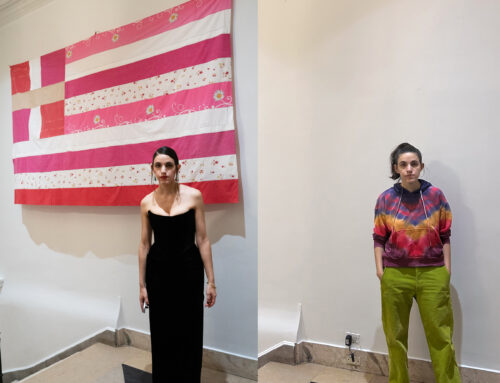Being a teen girl is not easy. Being a teen girl in a wheelchair is certainly not easy. There is still a stigma surrounding disability that results in exclusion. From the sole representation of able-bodied people in media to the prevention of disabled people from accessing physical spaces through a lack of inclusive design, society has tainted disability, transforming it into an insecurity and an inferiority.
When girls with disabilities turn on the TV, hoping to laugh and cry as they invest themselves in the on-screen characters (like we all do), there is something missing. As they binge watch all of the seasons of a particular show, there is not a single disabled girl on their screens. Girls with disabilities seem to only be present and cast into an active role when useful to directors, producers, and filmmakers—and often times, the actresses and actors playing the roles are not actually disabled people.
Kaliane Faye, a nineteen year old with a disability, battles a feeling of isolation from pop culture. She notes that “I don’t think it affected me in a noticeable way until I was older and looking back on it.” (Women’s News)
When thinking of teenage disability’s representation in pop culture, John Green’s The Fault in Our Stars, immediately comes to mind. This book, published in 2012, was the only one at the time to have a lead character, Hazel, with a disability. However, even this representation was not accurate or authentic. After all, the novel was written by an able-bodied male. Later on, the film adaptation of the book was also directed by an able-bodied male, Josh Boone.
In contrast, the Indian-American novel Naseema, The Incredible Story, written by Naseema Hurzuk, gives readers a first-hand perspective into the continuous struggles encountered by those who are disabled, along with both the pain and empowerment they feel. Naseema, who is writing about herself, is able to recall how she was looked down upon by her family members for not having the slightest sense of touch in her legs. Despite being unable to feel or have control over her lower body, Naseema was able to learn household tasks and travel in her wheelchair. In her book, she describes that she participated in sports such as the javelin throw and table tennis to empower other disabled individuals. Yet, most of us have probably only read or seen The Fault in Our Stars—a faulty romanticisation of disability that perhaps represents one of the only instances of disability in popular media.
The lack of media representation of disabled people has contributed to an eradication of their voices and identities. Even within the few instances of media that do include them, disabled people are often pitied and misrepresented, giving people a complete lack of understanding and knowledge that often lead them to view people with disabilities are incomplete or somehow incoherent. Yet, it’s critical to challenge such stereotypes by showing an interest in seeing disabled people in media. As consumers of media, we can use our voices and let TV producers, authors, and ad directors know how important it is to accurately represent women and people with disabilities as confident, bold, and beautiful. We need to see women with disabilities in TV shows and movies, and on magazine covers and billboards. Because what we see is what we can strive to be.




